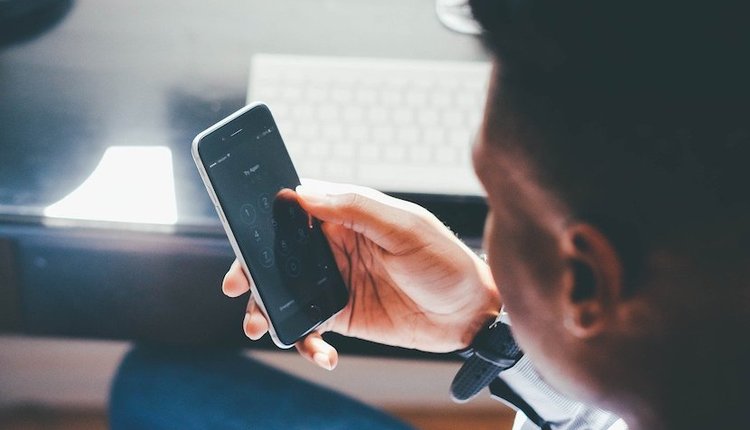
To have a conversation is to exchange ideas between two parties. It requires give and take. Simply bombarding another person with the information you want to share is something quite different. This may seem obvious when it comes to personal relationships but has been more difficult to replicate into the interactions companies have with their customers.
In order to deliver on the promise of two-way conversations, it’s not enough to simply deliver communications that are highly relevant and personalized. As organizations look to become more digital-first and to engage in dynamic conversations, they must first identify how to most effectively obtain needed information from a customer, and then use that information to respond appropriately, quickly and via preferred channels.
With today’s consumers more comfortable than ever conducting business digitally, and in many cases now preferring and expecting digital interactions, the process of collecting information from existing customers must be fast, seamless and mobile-friendly. And the COVID-19 pandemic has only increased this need. If interactions are not mobile accessible and intuitive or, even worse, still paper-based and static, enterprises risk creating a significant gap between what customers expect and what is being delivered. This starts from the very beginning of the customer relationship and remains critical throughout every stage of the lifecycle.
Questions to consider
With that in mind, think about the forms you ask potential or current customers to complete. In evaluating your forms protocol, there are several questions to consider:
● Are all of your forms online (and preferably mobile-friendly), or are you still requiring paper or scanned PDFs you then have to extract?
● Can you be sure customers are using the most recent version of the form?
● Are the fields pre-populated with what you already know, so the individual only needs to confirm data rather than rekey it in?
● Do you know your NIGO (Not In Good Order) rates of incomplete or inaccurate submissions?
● Are you asking only relevant questions? (For example, do you ask single customers to enter information about their spouse? Do you ask people in different states or countries the same compliance questions?)
● How much time does it take your internal IT team to launch new forms or make changes to existing ones? ● Do you allow for users to start in one device and finish on another, even allowing that to take place offline? ● What happens when you receive a returned form?
● Is manual work required to rekey information introducing the risk of human error and taking time away from valuable employees?
● What's the risk you're creating if you are not building an interactive, digital conversation with your customers today?
Your answers to these questions might reveal that your processes are tedious, time-consuming, outdated and not customer-centric. Today’s consumers prefer instant gratification. They are less likely than they used to be to wait for forms to be processed manually, thus delaying responses. In the financial services industry, for example, sources say 60 to 70 percent of customers will abandon a form before seeing it through to completion. In life insurance, reinsurance provider Munich RE estimated that NIGO rates sit at 45 percent or more — and says 30 percent of applications are abandoned by customers during the processing stage. If this is still the approach you are taking, customer loyalty and retention is at stake. Ideally, customers should be able to easily submit information, track their progress and quickly pick up where they left off. Furthermore, companies must also understand that at some point in the process the customer will likely be using a mobile device and the experience must reflect that and be able to adapt accordingly. Now is the time to transform processes and shift to more adaptive interview-like processes.
Perhaps the “form” of the future isn’t a form at all
Forms transformation needs to be a key element in a company’s digital transformation efforts. Companies should be focused on adaptive interviews that turn forms into intuitive, guided journeys that are contextually aware based on the customer’s personal preference, device and location. In an adaptive interview, you ask intelligent questions based on known data and new responses. This eliminates unnecessary fields and the need to enter and re-enter information into a static form. This improves customer experience and speeds up the business process.
Improve the customer experience and your bottom line
It’s critical to put the customer first. When you interact with your customers you are having a conversation with someone who has visited a doctor, purchased a home or suffered damage from a storm. These are real people who need to have real conversations with your company, and they want those conversations to be fast, frictionless and enabled 24/7 on any device.
When companies recognize the need to digitally transform in order to meet or exceed customer expectations, the benefits to the customer are tremendous and so too is the impact on the bottom line.











